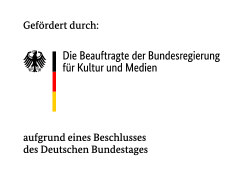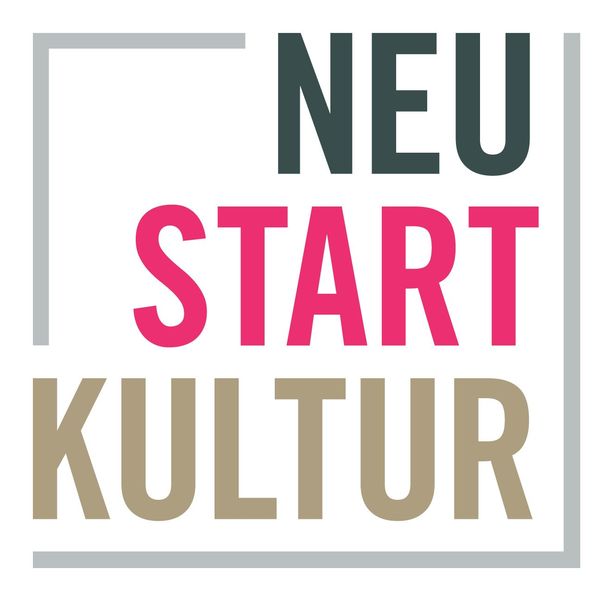Since 1990, the majority of indicators for a battle between Romans and Germanic people were discovered on the so-called Oberersch, where the museum’s park opened in 2000. It covers a range of about 20 ha. Architecture and landscape design were developed by Mike Guyer and Annette Gigon in cooperation with agency Zulauf Seippel Schweingruber (all located in Switzerland).
The approach that has been realized here should prove ground-breaking for many later projects, both nationally and internationally. Neither the historic locale nor the event was architecturally reconstructed, instead a unique space for reflection was created in the middle of the landscape near the the Kalkriese Hill.
As a result, the park provides visitors with an exciting backdrop against which their own thoughts about the Varus battle can unfold, while the park invites them to explore groves and shrubs. The audio guide surprises visitors with unusual dialogues: 2,000 years after the battle, Varus and Arminius meet to revisit the battle site, but this time a historian makes sure the two adversaries don’t get involved in another fight.
Children can explore the location on their own by participating in a mystery game called »The Trace Seeker,« but the park offers much more: little creeks, small bridges, the climbing parcours or the theme walk »Undercover,« where Mister Reagan Wurmsky is your guide to the »underworld.«
Every year, numerous events other take place in the park as well: The most popular ones are the Easter Festival of Lights, the Roman and Germanic Days and the Forum Kalkriese. Moreover, variety is provided by nature throughout spring, summer, fall and winter.
The Pavilions
Room for Thought
In the museum’s park, three pavilions can be found: The pavilion of watching, the pavilion of listening and the pavilion of asking.
The pavilion of watching does not show images of the battle, the pavilion of listening does not provide sounds from the past, the pavilion of asking does not offer any answers. These are places supposed to sharpen the visitors’ perception and invite them to address what happened here on the sensual level. Not knowledge, but the power of imagination is called for here. What happened in this place? What kind of sounds reverberated in this landscape? The Varus Battle belongs to the past – yet war does still exist. Why?
The Pavilion of Seeing
At first, the Roman Path with its partly inscribed floor plates turns towards the Pavilion of Seeing. Then it corrects its direction slightly, before its track continues further across the field.
It is dark in the pavilion, very dark indeed. Light, shining through a large prism, gives an alienated picture of the surroundings. The field. Like we see it today. It is quiet, one could even say, peaceful. No sign of devastation and death like 2000 years ago. To get an idea of this we have to change our vision of this place consciously …
The Pavilion of Hearing
First of all the dull sound of marching soldiers. Then the constant rhythm is interrupted. Disturbance. Commands, calls, screams and groans of injured men.
Today, fortunately, we do not hear this anymore. And even the memories of it are nearly forgotten. What connects us to these people who fought against each other and suffered such a long time ago?
The ear trumpet collects the sound of the 21st century and amplifies it in the ears of the listener. One can aim it towards the forest or in the direction of the moor. - How did the legionnaire feel as he noticed that something was wrong, as he made a desperate effort to notice every suspicious sound?
The Pavilion of Asking
As said before, 2000 years is a long time. So why should I care about this old Roman skirmish?
In our country, we have not had a war for many decades. Thank God! On the other hand, war is omnipresent. Every evening in the news. But something like this will not happen again. Or will it …?
The »Roman Path«
Landmarks made of perishable material
The path of the Romans, presumably coming from the east, took course along the Kalkriese Hill. After the defeat and the plundering of the battlefield 2000 years ago only a thin, but clearly visible dispersion of small finds points out the probable route taken by the Roman legionnaires and their impedimenta.
Nowadays the path is covered with steel sheets which are obviously exposed to deterioration through rust. Similar to the memory of the battle and the soldiers killed in action which faded away during the years until it fell into oblivion in the Middle Ages.
The rediscovery of Tacitus’ writings in the 15th century put the news of the Varus Battle back into people’s minds once more. Inscribed sheets bearing short ancient quotations appear between the monotonous steel sheets laid side by side. The description of the events returns to the place of its origin.
The path of the Romans did not run straight. It followed the natural characteristics which had rather special demands in store. To the south, the densely wooded hill; to the north, the impenetrable moor. The choice of the passable path seemed easy …





